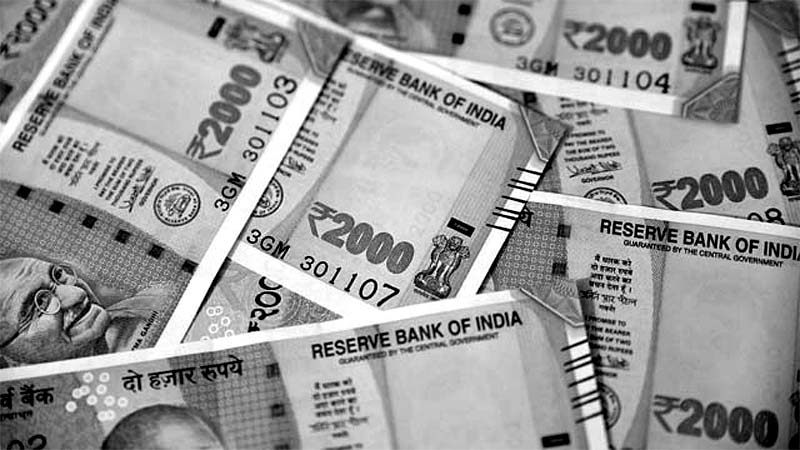Honey is a popular natural sweetener known for its numerous health benefits and culinary uses. However, the market is flooded with counterfeit or adulterated honey, making it challenging for consumers to identify and purchase genuine products. This article aims to provide useful tips and methods to help you differentiate between real and fake honey, ensuring you enjoy the authentic goodness of this natural sweetener.
The Quest for Authentic Honey in Nigeria
During a trip to Nigeria, the author had the opportunity to test the purity of honey, driven by a curiosity born from past experiences of consuming counterfeit honey. While branded honey sold in stores across India’s cities may be of uncertain authenticity, the author encountered a different scenario in Nigeria. They interacted with local tribal communities who provided unfiltered honey sourced directly from the Nigerian forests, assuring its natural purity.
The Importance of Unfiltered Honey
The deliberate choice of unfiltered honey by the author was driven by a desire to ensure its authenticity. Unfiltered honey, though not widely available, often contains small remnants of wax, bees’ feathers, and other natural elements. These characteristics are absent in commercially filtered honey, raising suspicions about its purity. The author’s previous encounters with counterfeit honey had instilled a sense of doubt, prompting them to adopt a skeptical approach.
Authenticating Real Honey
To identify genuine honey, the following methods and characteristics can be helpful:
- Fragrance: Pure honey possesses a distinct fragrance. By smelling the honey, you can determine if it has the characteristic aroma associated with natural sweetness.
- Freezing and Melting: Real honey freezes during the winter season, displaying fine crystalline grains. It completely melts when exposed to summer temperatures.
- Dog Test: Dogs instinctively avoid consuming adulterated honey. If a dog refuses to eat the honey, it can be considered a positive indication of its purity.
- Paper Test: Placing a small amount of honey on paper allows you to observe its behavior. Pure honey does not leave a mark on the paper, while adulterated honey might.
- Candle Test: Using a cotton-wrapped stick, dip it in honey and ignite it with a matchstick. Genuine honey will readily catch fire, while adulterated honey will burn slowly or require additional effort to ignite.
- Water Dissolution: When adding a spoonful of honey to a glass of water, counterfeit or adulterated honey dissolves quickly, whereas pure honey remains concentrated at the bottom of the glass, dissolving slowly.
The Power of Experience
The author emphasizes that personal experience plays a crucial role in recognizing genuine honey. Having seen, touched, and tasted real honey in the past, individuals can often rely on their senses to identify authentic products. Simply by observing the bottle and experiencing its appearance, texture, and taste, one can make an informed judgment about the honey’s authenticity.
Conclusion
In a world where counterfeit products abound, it is essential to be able to distinguish real honey from fake alternatives. By employing various methods such as fragrance recognition, freezing and melting properties, the dog test, paper and candle tests, and water dissolution, consumers can make more informed choices when purchasing honey. Moreover, experience and familiarity with genuine honey can greatly assist in identifying real products. By following these guidelines, consumers can savor the true flavors and health benefits of pure honey while avoiding counterfeit imitations.

